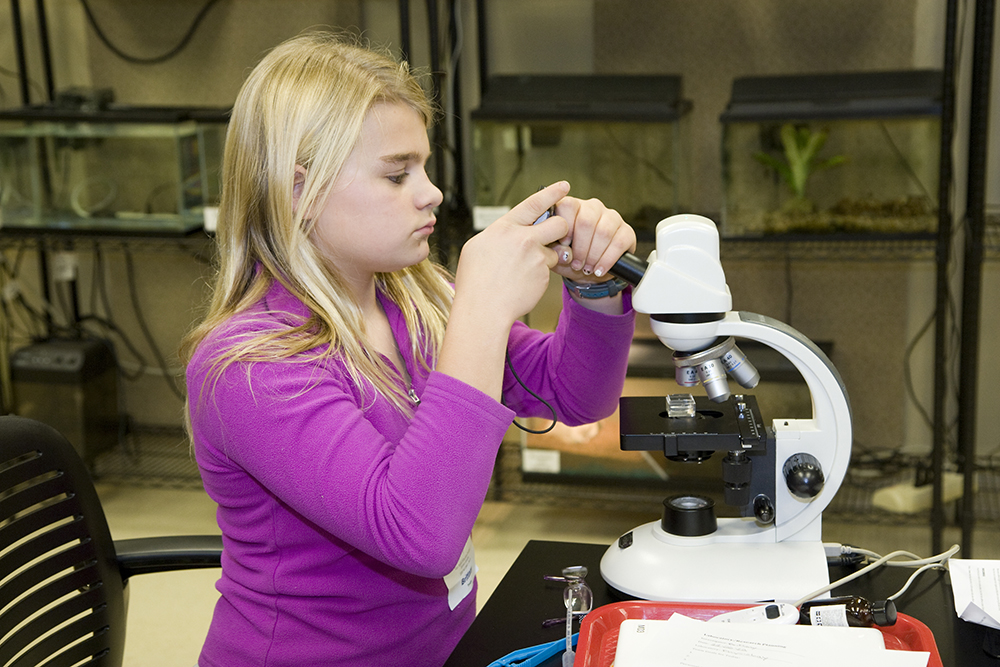I once heard an amusing story about a college student who wanted to test and see if children did better at card games when exposed to broad sunlight. For a full week, this student would sit down with a child and play a game of Go Fish under a bright afternoon sun. To his shock, the children won every time! The student rushed to share his findings with his professor, who was naturally skeptical of the results, and asked to observe the testing himself. The next day, when the student sat down to replicate his findings, the professor burst out laughing.
It turned out the college student had been wearing sunglasses the entire time. In the bright afternoon light, his cards were clearly reflected in the lenses. The children had been winning because they could see his entire hand! While the poor college student never learned the answer to his original question, he did learn something valuable about scientific inquiry: the process of fair testing should never be taken for granted.
What is a Fair Test?
Fair testing is the cornerstone of all human knowledge. It helps verify information, analyze new discoveries, and it teaches us what questions to ask. By definition, a fair test is a controlled, systemic design for scientific and engineering experimentation which produces consistent, quality data. All fair tests address the orderly changing of one variable from trial to trial while other variables are held constant. This process allows the testers to acquire new information by observing the effects of each modification.
Essentially, fair tests don’t just help us find the correct answer, they help us understand why our data is trustworthy. One of the biggest mistakes an educator can make is to slip into a cookbook mindset of testing. Simply handing out an investigation question to your class is a recipe for disaster. We cannot assume students are already familiar with the tools, ingredients, or formulas they’re in the process of using. Neither should we emphasize results over experimentation. Instead, we need to give students confidence in their results by incorporating a structured, scientific procedure where all variables are accounted for.
Planning and Carrying Out Investigations
Ok, so we know what a fair test is, but how do we ensure the process is fair? For a test to be fair, it needs to include a few key attributes:
- It’s Repeatable – Always remember to double, triple, and quadruple-check your work! If 10 different people perform the same experiment 10 times and get 10 identical answers, odds are your data is sound.
- The Data is Appropriate and Sufficient – Be certain the information you’re collecting pertains to the topic you’re researching, and that there’s enough of it to be convincing. For example, if you are testing whether acid rain hurts plants, do not just grow one plant in acid water and one in regular water. You might get a dud seed in the regular water, and that would make it seem like regular water kills plants. If you grow twenty plants in each type of water, the odds of getting twenty dud seeds are pretty small, so you can be confident in your results!
- Errors are Minimized – Even the best minds can make mistakes. Remember that a test can appear unbiased and scientifically strong but still contain serious errors. Say there is a woman who wanted to test if rats completed mazes faster if there is sharp cheese at the end. She first tests the rats using mild cheese, then performs the same experiment using sharp cheese. Seems legitimate, right? Except it’s possible that the rats just learned how to run through the maze after practicing again and again, and that is why they improved. When a test shows signs of error, it’s necessary to correct the problem and start over.
Where to Go from Here
That was a lot to take in. Thankfully, you’re a teacher who knows how to process data and look awesome at the same time! But what about your students? This is a lot of information to dump on young minds. How do you introduce them to the process of scientific inquiry without overwhelming them?
Why not start by letting them mess around? Give them time to practice with a microscope or play around with some pipettes. Allow them to discover for themselves how materials and equipment are used and where potential sources of error can be identified. Don’t be afraid to hand off their work to a different group either. Get them collaborating and providing feedback on one another’s ideas. Finally, be sure to challenge students to defend their explanations. Make them really think about the experiments they’ve done and have them take pride in their accomplishments. The more you challenge their data, the more compelled they are to practice valid research!
It can be tempting to follow the recipe when faced with such overwhelming material, but true discovery isn’t found in a step-by-step booklet. In order to grow, sometimes we need to get a little bit messy!
What about you? How do you help your student understand fair testing? Share your strategies in the comments below!
*Content for this blog was drawn from the webinar What Exactly is Fair Testing? with Bill Dinkelmann.

